
Tell your friends about this item:
Linkages Between Arctic Warming and Mid-Latitude Weather Patterns: Summary of a Workshop
National Research Council
Linkages Between Arctic Warming and Mid-Latitude Weather Patterns: Summary of a Workshop
National Research Council
The Arctic has been undergoing significant changes in recent years. Average temperatures are rising twice as fast as they are elsewhere in the world. The extent and thickness of sea ice is rapidly declining. Such changes may have an impact on atmospheric conditions outside the region. Several hypotheses for how Arctic warming may be influencing mid-latitude weather patterns have been proposed recently. For example, Arctic warming could lead to a weakened jet stream resulting in more persistent weather patterns in the mid-latitudes. Or Arctic sea ice loss could lead to an increase of snow on high-latitude land, which in turn impacts the jet stream resulting in cold Eurasian and North American winters. These and other potential connections between a warming Arctic and mid-latitude weather are the subject of active research.
Linkages Between Arctic Warming and Mid-Latitude Weather Patterns is the summary of a workshop convened in September 2013 by the National Research Council to review our current understanding and to discuss research needed to better understand proposed linkages. A diverse array of experts examined linkages between a warming Arctic and mid-latitude weather patterns. The workshop included presentations from leading researchers representing a range of views on this topic. The workshop was organized to allow participants to take a global perspective and consider the influence of the Arctic in the context of forcing from other components of the climate system, such as changes in the tropics, ocean circulation, and mid-latitude sea surface temperature. This report discusses our current understanding of the mechanisms that link declines in Arctic sea ice cover, loss of high-latitude snow cover, changes in Arctic-region energy fluxes, atmospheric circulation patterns, and the occurrence of extreme weather events; possible implications of more severe loss of summer Arctic sea ice upon weather patterns at lower latitudes; major gaps in our understanding, and observational and/or modeling efforts that are needed to fill those gaps; and current opportunities and limitations for using Arctic sea ice predictions to assess the risk of temperature/precipitation anomalies and extreme weather events over northern continents.
85 pages
| Media | Books Paperback Book (Book with soft cover and glued back) |
| Released | June 29, 2014 |
| ISBN13 | 9780309301886 |
| Publishers | National Academies Press |
| Pages | 85 |
| Dimensions | 216 × 279 × 8 mm · 272 g |
| Language | English |
| Editor | Thomas, Katie |
More by National Research Council
See all of National Research Council ( e.g. Paperback Book , Hardcover Book and Book )

 Christmas presents can be returned until 31 January
Christmas presents can be returned until 31 January






![Cover for National Research Council · Nutrient Requirements of Swine (Hardcover Book) [11 Revised edition] (2012)](https://imusic.b-cdn.net/images/item/original/239/9780309224239.jpg?national-research-council-2012-nutrient-requirements-of-swine-hardcover-book&class=scaled&v=1605131130)



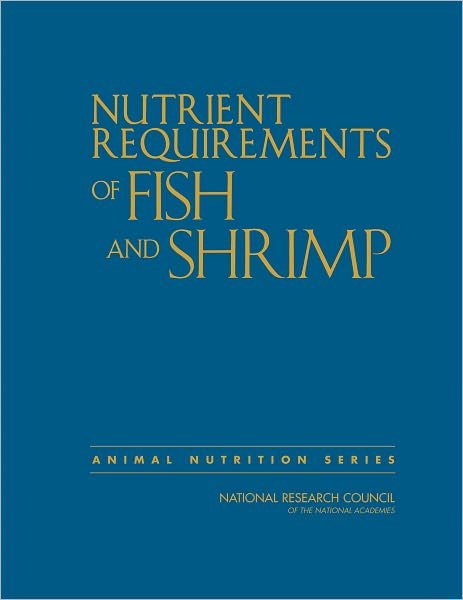


![Cover for National Research Council · Evaluating Testing, Costs, and Benefits of Advanced Spectroscopic Portals: Final Report (Paperback Book) [Abbreviated edition] (2011)](https://imusic.b-cdn.net/images/item/original/179/9780309186179.jpg?national-research-council-2011-evaluating-testing-costs-and-benefits-of-advanced-spectroscopic-portals-final-report-paperback-book&class=scaled&v=1406811945)
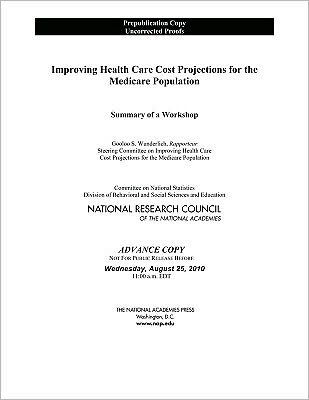


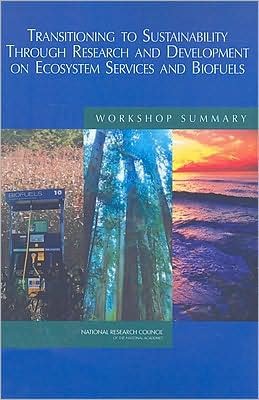

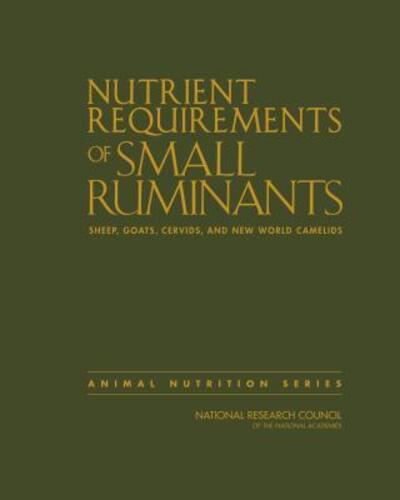
![Cover for National Research Council · Nutrient Requirements of Horses (Hardcover Book) [6 Revised edition] (2006)](https://imusic.b-cdn.net/images/item/original/124/9780309102124.jpg?national-research-council-2006-nutrient-requirements-of-horses-hardcover-book&class=scaled&v=1402151812)



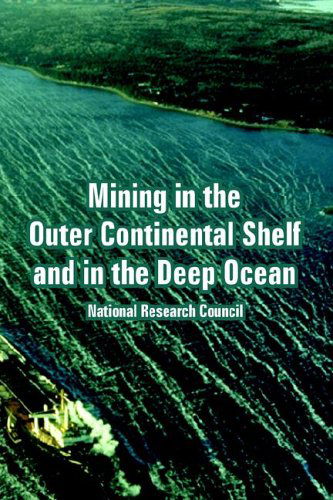

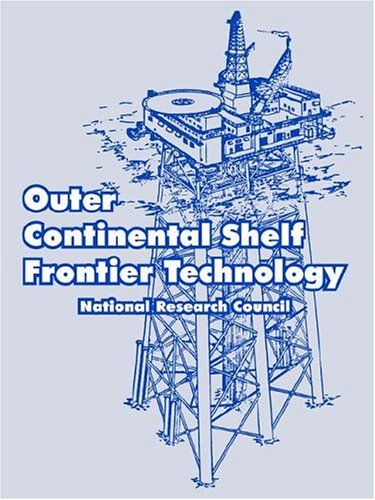
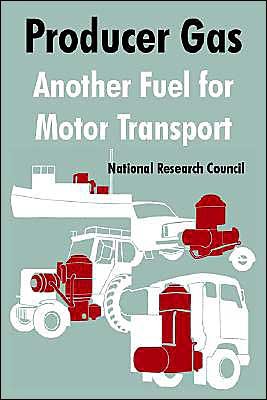
![Cover for National Research Council · Nutrient Requirements of Nonhuman Primates: Second Revised Edition (Paperback Book) [2 Revised edition] (2003)](https://imusic.b-cdn.net/images/item/original/892/9780309069892.jpg?national-research-council-2003-nutrient-requirements-of-nonhuman-primates-second-revised-edition-paperback-book&class=scaled&v=1397561324)
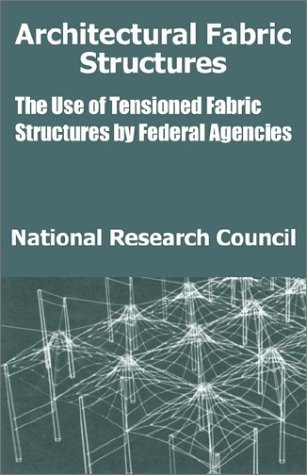

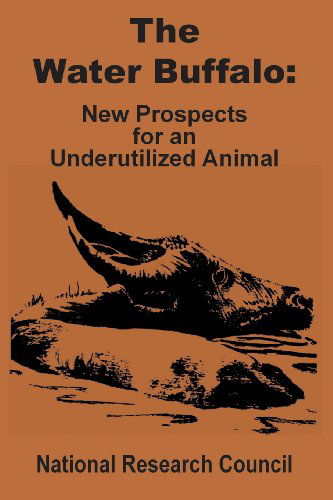

![Cover for National Research Council · How People Learn: Brain, Mind, Experience, and School: Expanded Edition (Paperback Book) [Expanded edition] (2000)](https://imusic.b-cdn.net/images/item/original/362/9780309070362.jpg?national-research-council-2000-how-people-learn-brain-mind-experience-and-school-expanded-edition-paperback-book&class=scaled&v=1394023082)